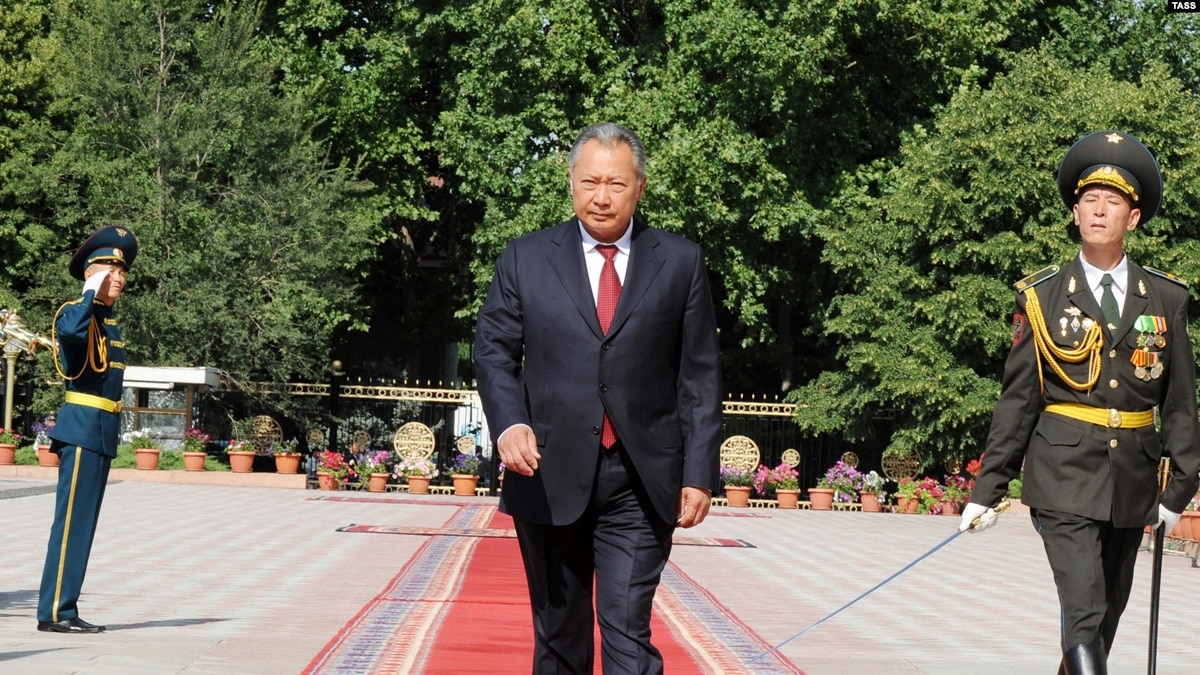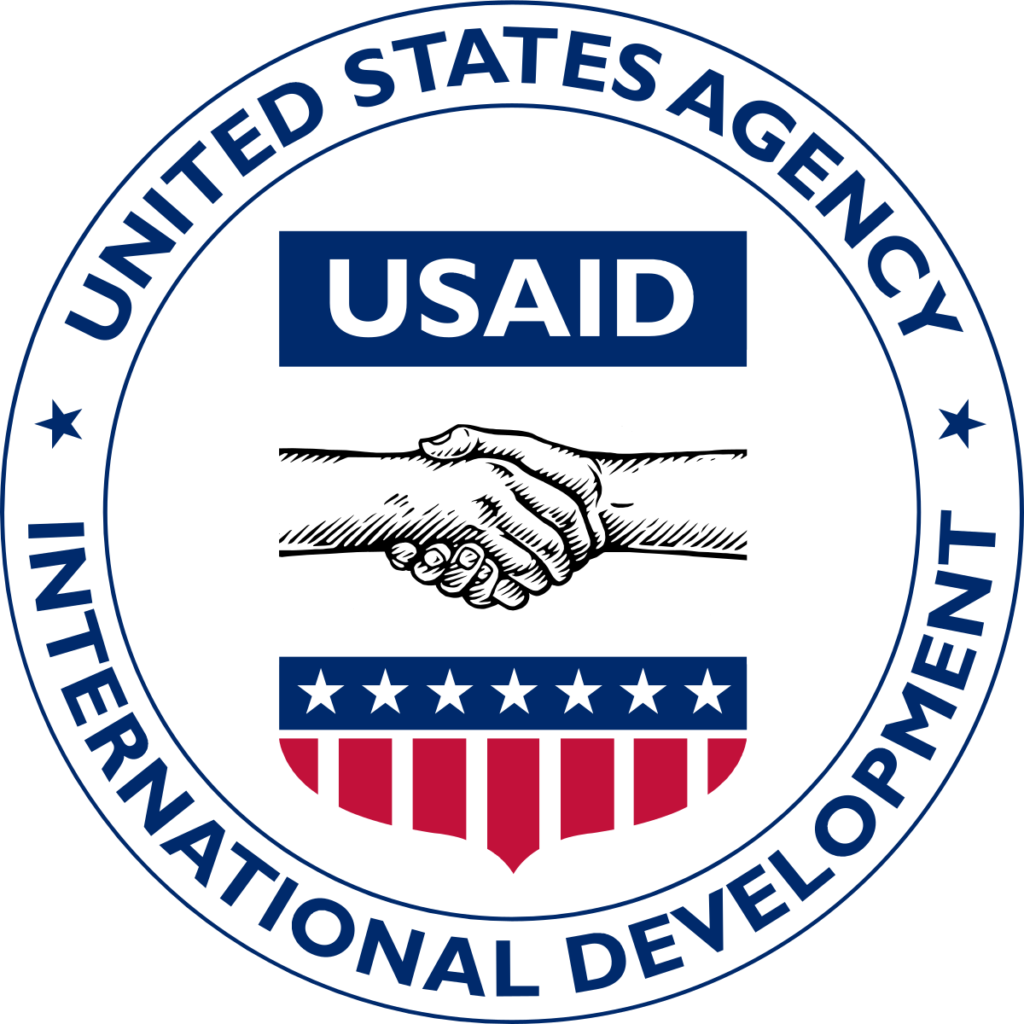The COLOUR REVOLUTIONS in Georgia, Ukraine and Kyrgyzstan
What you want to understand: 🤔
- What sparked these revolutions?
- Where do the names of the Colour revolutions come from?
- Were the Colour revolutions linked to each other?
- Were these revolutions successful in establishing democracy and the rule of law?
- What was the extent of the US involvement in the Colour revolutions?
- How did it impact the US-Russia relations?
I. How did the Colour revolutions take place?
Georgia in 2003: the Rose Revolution
The Rose revolution took place in a context of general despondency with poverty, corruption and State failure. It was sparked by the results of the 2003 parliamentary elections that the population deemed rigged and that saw the victory of parties supporting President Eduard Shevardnadze, a former apparatchik of the Soviet Union.
The Rose revolution resulted in the resignation of Shevardnadze and in the organisation of new elections that brought to power the political opposition.
The name “Rose revolution” comes from the fact that when demonstrators stormed the Parliament building on November 22, 2003, their leader Mikheil Saakashvili held a rose during the event.

Ukraine in 2004-2005: the Orange Revolution
In late 2004, Viktor Yanukovych was declared winner of the Ukrainian presidential election against Viktor Yushchenko. However, Ukrainians considered that the election was rigged and thus took to the streets and organised strikes and sit-ins. It is worth noting that Yanukovych was the heir apparent of Leonid Kuchma the president of Ukraine since 1994. Moreover, Putin’s Russia provided much support to Yanukovych both informally and formally.
Therefore, the Ukrainian Supreme Court decided to annul the results of the election and to re-organise a second round between Yanukovych and Yushchenko. This time, Yushchenko came out victorious.

The name “Orange Revolution” comes from the fact that Yushchenko had adopted orange as his campaign’s theme colour.
As a reminder, Yanukovych who eventually lost the election in 2004 against Yushchenko run again for presidency in 2010 and this time he won. Nevertheless, he was overthrown in 2014 by the Maiden Revolution.
Kyrgyzstan in 2005: the Tulip Revolution
The Tulip revolution broke out following the 2005 Kyrgyz parliamentary elections that were considered rigged (like in Georgia and Ukraine).
The widespread protests directed against President Askar Akayev’s authoritarianism forced him to flee to Russia where he eventually resigned, after 15 years in power. As a result, the political opposition formed an interim government and organised new elections that it won.

The hypothesis behind the name “Tulip revolution” is that tulip is Kyrgyzstan’s national flower.
II. Was there a link between the different revolutions?
First of all, we should bear in mind that Georgia, Ukraine and Kyrgyzstan have almost nothing in common except for the fact that they were once part of the Soviet Union and that now Russia considers them as its “near abroad” i.e. its sphere of influence.
Even if there were no direct connection between the different revolutionary movements, we can say that the success of the Rose revolution in Georgia in 2003 inspired and encouraged Ukrainians and Kyrgyz to contest electoral results too in their respective countries.
Likewise the Colour revolutions in the former Soviet republics allegedly inspired others in the Middle East like the Cedar revolution in Lebanon in 2005 or the Green revolution in Iran in 2009-2010 (source).
III. What role did the US play in the Colour revolutions?
I based this section on Lincoln Mitchell’s book The Color Revolutions.
Even though the US provided assistance in various forms to the Colour revolutions, it seems wrong to say that Georgian, Ukrainian and Kyrgyz revolutionaries were mere puppets manipulated from Washington: their movements had their own dynamics and own reasons for toppling local autocratic rulers.
We should not overestimate US involvement
We should bear in mind that prior to the revolutions the US already had some influence in these countries, like in most former Soviet republics. Indeed, it provided them with political, economic, health and military assistance since the 1990s.
It is important to understand that the US didn’t only provide support for election monitoring in Georgia, Ukraine and Kyrgyzstan, it did the same elsewhere in the world. Therefore, the impact of US support in the advent of the Colour revolutions should not be overestimated.
Besides, we can say that the US enjoyed cordial relations with Georgia, Ukraine and Kyrgyzstan before the revolutions. Georgia even sent troops to Iraq to support of US operations. Given that we mention Iraq, we should remember that, at the time of the revolutions, the US’s top priority was the Middle East where it had launched two wars in Afghanistan (2001) and Iraq (2003).
How did the US support the Colour revolutions?
US organisations like the Freedom House, the National Democratic Institute (NDI), the International Republican Institute (IRI), the National Endowment for Democracy (NED) and the United States Agency for International Development (USAID, State Department) played a major role during the Colour revolutions as they provided a basis on which national dynamics could rely to then grow into revolutions. In fact, US organisations supported them by structuring opposition movements, sharing experience, organising workshops, supporting independent media and creating connections with other democracy activists in Poland and Serbia for instance.

Diplomatically, through its ambassadors in Georgia, Ukraine and Kyrgyzstan and through its State Department, the US never concealed its preference for democratic regimes based on free and fair elections in these former Soviet Republics.
Consequences for the US-Russia relations
We should note that the US never denied having supported the Colour revolutions and welcomed the regime changes they brought about. This is specifically the attitude of the US following the Colour revolutions that deteriorated relations with Russia since the US presented them as success stories, a view that Russia of course didn’t share.
Furthemore, if we put that in perspective with President Bush’s approach to international relations, which is based on American exceptionalism (more information on US Presidents’ foreign policies), and with President Putin’s willingness to restore Russia’s greatness, we can understand why the Colour revolutions inflamed the US-Russia relations.
IV. Did the revolutions bring democracy and the rule of law?
As a matter of fact, in all three countries (Georgia, Ukraine and Kyrgyzstan), new leaders didn’t manage to live up to their promises to establish democracy, the rule of law and economic liberalism.
In fact, elite corruption remained rampant in all three countries such that in Ukraine Yanukovych was elected in 2010 after having been the target of the 2004 Orange Revolution because Yushchenko who was brought to power disappointed so much with his party politics. In Kyrgyzstan, the new President Bakiyev adopted an authoritarian style and was overthrown by the Second Kyrgyz Revolution (aka Melon Revolution) in 2010.
BONUS: other revolutions that took place in the early 2000s
Yugoslavia in 2000: the Bulldozer Revolution
Following the 2000 general elections (presidential and parliamentary), Slobodan Milošević and his socialist party were declared victorious. Milošević was leading Serbia and Yugoslavia since the 1980s. If you want more information on him, read this article on the 1990s wars in Yugoslavia!
However, the opposition accused Milošević of electoral fraud. It sparked mass protests in Belgrade that denounced authoritarianism, corruption and political censorship. The revolution led to the resignation of Slobodan Milošević and to the organisation of new elections that saw an alliance of opposition parties win.

The revolution was called “Bulldozer Revolution” because protesters drove a bulldozer into the Radio Television of Serbia’s building.
Belorussia in 2006: the Jeans Revolution
Following the 2006 presidential elections, opposition parties organised protests against Alexander Lukashenko who still rules Belorussia since 1994. However, unlike the other Colour revolutions, the Jeans Revolution failed as demonstrations were violently repressed by the police.
The name of this revolution is a reference to Western culture as a denunciation of Lukashenko’s Soviet style. The name also aims at creating connections with the previous Colour revolutions in Georgia, Ukraine and Kyrgyzstan.



0 Comments